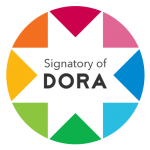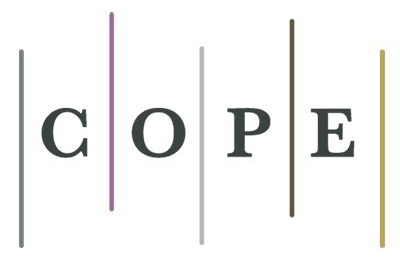The Discursive Formation of Hair Product Consumption Practices among Brazilian Women with Curly or Coiled Hair
Keywords:
hair product consumption, curly or coiled hair, resistance practices, enunciative analysis, discourseAbstract
This study analyzed how the discursive formation of hair product consumption practices of Brazilian women with curly or coiled hair occurs, identifying statements that support the discourse on the use of straight hair as a standard and that, consequently, guide these women choices. To this end, genealogy was used as a research method, through documentary research, participant observation and semi-structured interviews. In the documentary research, data were collected on Instagram and YouTube from four digital influencers. Participant observation was carried out based on the life experience and work of one of the researchers as a curl consultant, while the interviews were conducted and recorded via the Google Meet platform, with 10 women from all five regions of Brazil, with the enunciative analysis being carried out based on Michel Foucault. The results indicate the discourse on hair product consumption practices is formed through seven statements. The first three statements – the statement of social bond, the statement of availability and the statement of maintenance – are focused on the use of straight hair, thus supporting the standard consumption of this type of hair. In parallel, bringing another discursive position, the following statements emerge: multiplicity, diversity, representation and personalization, which reinforce the use of hair in various ways – that is, straight, brushed, straightened or natural. From these statements, discursive practices of resistance are formed that guide changes in the hegemonic discourse, such as, for example, hair transition, the big chop, and changes in hair consumption
Downloads
Downloads
Published
How to Cite
Issue
Section
License
This work is licensed under a Creative Commons Attribution 4.0 License.
The O&S adopts a Creative Commons Attributions License 4.0 in all published works, except where specifically indicated by copyright holders.





